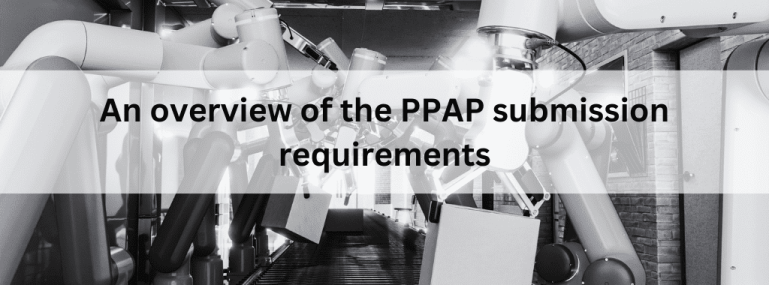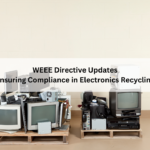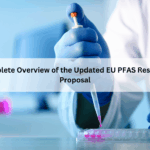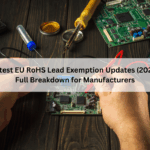Business needs to streamline processes to develop and manufacture products, and one way to do that is by submitting Production Part Approval Process (PPAP) documents. PPAP documentation is used to demonstrate that the supplier understands the customer’s engineering design records, specifications, and related processes. It also shows that they produce parts or components in accordance with those specifications. Manufacturers need to provide print samples, data-related drawings, such as 3D CAD files or CAM files, as well as other essential documents such as Quality Control Plans (QCP), Process Flow Diagrams (PFD), Control Plans (CP), Capability Studies (CP/CPK), Key Characteristics Listings, etc. It is also possible to review existing suppliers periodically by leveraging the information from previous submissions.
PPAP submissions require detailed specifications including part and assembly drawings, process flow diagrams, production control plans, and gauging instructions. Additionally, quality assurance techniques and reliability data are required to demonstrate that all downstream activities related to their product have been adequately validated or verified. A failure mode effects analysis (FMEA) must also be conducted before proceeding to the manufacturing stage to identify potential problems with the design. Lastly, prototype inspection reports must be submitted for each stage prior to the completion of the PPAP-4. This report is then submitted by the supplier at the time of contract execution, capturing the details of the stocking agreement.
PPAP submissions include a Product Part Approval request form, drawings that illustrate all necessary characteristics and special characteristics with appropriate tolerances, a process flow diagram of production processes, and a master record of each service or product. Additionally, sample inspection reports are required illustrating incoming inspections of purchased parts, dimensional results from initial production part approval testing, and engineering drawing records. In addition, validation test reports will demonstrate all aspects of the product follow the customer’s specifications and requirements, as outlined in the control plan including the design FMEA. Finally, PPAP packages must include capability studies that provide evidence of continuous process stability over time.
18 Key Elements of PPAP Process for Automotive Industries
- Design records
- Engineering change documents
- Customer engineering approval
- Design FMEA (Design Failure Mode and Effects Analysis)
- Process flow diagrams
- Process FMEA (Process Failure Mode and Effects Analysis)
- Control plan
- MSA (Measurement System Analysis)
- Dimensional analysis
- Material performance results
- Initial process studies
- Qualified laboratory documentation
- ARR (Appearance Approval Report)
- Sample product
- Master sample
- Checking aids
- Records of compliance
- PSW (Part Submission Warrant)
To ensure that their document package is complete, companies need to understand their process from supplier to customer. Working with suppliers is crucial to success because it’s imperative to understand not only how long something will take, but also to investigate potential issues or concerns that may arise during production. As a result, PPAP submission requirements can be complex and time-consuming.
By organizing all documents correctly, the review/approval process can be sped up as well as ensure that there are no misunderstandings or conflicts. Any company that wishes to optimize its product development process must meet this requirement. To ensure the successful launch of a new product within your organization, careful planning and preparation, as well as thorough documentation processes, are required. During the production cycle, the guidelines ensure complete accuracy and ensure that proper safety requirements are adhered to, protecting both manufacturers and consumers. Following these protocols will allow companies to achieve greater success in their efforts, which will benefit all parties for many years to come.
The PPAP submission requirements are essential to the development of a product. As soon as you begin a new project, you should familiarize yourself with these guidelines. To ensure compliance with industry standards, you should make sure your products are compliant. It will be easier to launch products and improve customer satisfaction if you understand all aspects of PPAP submissions. Further, it will reduce the likelihood of miscommunications and misunderstandings about production procedures.
ComplianceXL offers specialized PPAP experts who can effectively address your PPAP needs. Our team of professionals is equipped with the knowledge and expertise to navigate the intricacies of the Production Part Approval Process. This ensures streamlined and compliant product development and manufacturing. Partner with ComplianceXL to leverage our specialists and achieve seamless PPAP execution.





